Useful notes on cycling from Chengdu to Lhasa
How many days does it take to cycle from Chengdu to Lhasa?
The Sichuan-Tibet South Route via G 318 National Highway passes the following places: Chengdu- Ya'an- Luding- Kangding- Xinduqiao- Yajiang- Litang- Batang- Mangkang- Zuogong- Bangda- Basu- Bomi- Nyingchi- Lhasa. The whole journey is 2157 kilometers, passing more than 20 towns; crossing over 14 mountains, including 9 with altitude more than 4000 meters; crossing through 10 rivers.It takes about 20 days cycling to Lhasa.
Precautions:
● on wear
1. It is best to wear professional cycling clothes that are dirt-resistant and easy to be dried.clothes.
2. Due to the changing weather on the route, it is recommended to dress like an onion by dressing several layers of thin clothes. Therefore, it is convenient to add or take off clothes when the temperature changes. Helmets, headscarves, cycling glasses and gloves are also required.
3. You need bring enough clothes in case your clothes getting wet. You’d better to bring a set of long johns, which is both hygienic and warm.
4. It is recommended that all clothing be packed in a plastic bag and then put in the bag (waterproof).
5. You’d better wear breathable cycling shoes or hiking shoes.
●on food
1. When ordering food in the restaurant, it is best to order the types you are familiar with and the foods that are easy to digest. Try to eat less cold dishes and marinated vegetables. You can bring some pickles.
2. As the journey is long and the distance between towns is far away, you’d better bring some instant foods and snacks, such as chocolate, dried meat, sausages, biscuits and the like.
3. You must bring sufficient water. Do not drink too many beverages.
4. You can prepare some fruits before entering the Tibetan area, ensuring one apple or orange a day.
5. You can’t overeat in the plateau areas, especially for the dinner. Remember not to smoke or drink.
● on accommodation
1. There are many hotels and guesthouses of varied levels along the way. And you can haggle over the prices in some places. 2. You need to ensure that there are bathrooms and power strips for charging the devices. And it’s better to have oxygen bottles(in case of high altitude sickness).
3. Try to avoid choosing hotels near the road or that are too remote.
4. Try to go to bed early and get up early. It is very important to have a good rest, given the long and hard journey. You can take some cold medicines at night, which can both protect you from cold and help you get a good rest.
5. If you stay overnight at a remote place like Everest Base Camp, you can keep warm with a bottle of hot water.
● on cycling
1. If the distance to your destination is long, you must get up early, and try to get to your destination before dark. Cause it;s rather dangerous to cycle at night in these complex terrains.
2. Do not push your bike uphill. It is recommended to use the minimum gear and ride slowly uphill. Usually your proceeding speed is only 2-4 km/h when you push the bike but the speed can reach at least 5 km/h when you ride uphill.
3. Do not keep far away from each other. You can use the walkie-talkie on the road. It is about 150 yuan or so.
4. If you are chases by a dog, don't panic. You can speed up downhill or get off the bike and put the bike in front of you. It is not recommended to hit the dog, for you may get in trouble, if you encounter its host.
5. It is recommended to withdraw cash from the postal bank and ABC along the way. The working hour is 9:00-16:30.
At last, we’ll talk about the high altitude sickness, which worries most tourists who visit Tibet for the first time. In fact, it is not that terrible. Altitude sickness, the mildest form being acute mountain sickness (AMS), is the negative health effect of high altitude, caused by rapid exposure to low amounts of oxygen at high elevation. Symptoms may include headaches, vomiting, tiredness, trouble sleeping, and dizziness. Altitude sickness typically occurs only above 2,500 metres, though some are affected at lower altitudes. Risk factors include a prior episode of altitude sickness, a high degree of activity, and a rapid increase in elevation. Cyclists are less likely to get altitude sickness, as they slowly ascend to higher places.
How to effectively prevent the altitude sickness?
(1) A positive attitude. As long as you don't catch a cold, there is small possibility for you to get the sickness cycling slowly to Tibet.
(2) 5-10KM running every day for three months before departure. Jogging can balance breathing and heart rate, which can do a great help preventing the altitude sickness;
(3) Take anti-altitude drugs such as Gaoyuan'an;
(4) After entering the Tibetan area, you shall smoke and drink less.
(5) Don't be nervous when you get the sickness.
Wish you have a nice and safe journey.






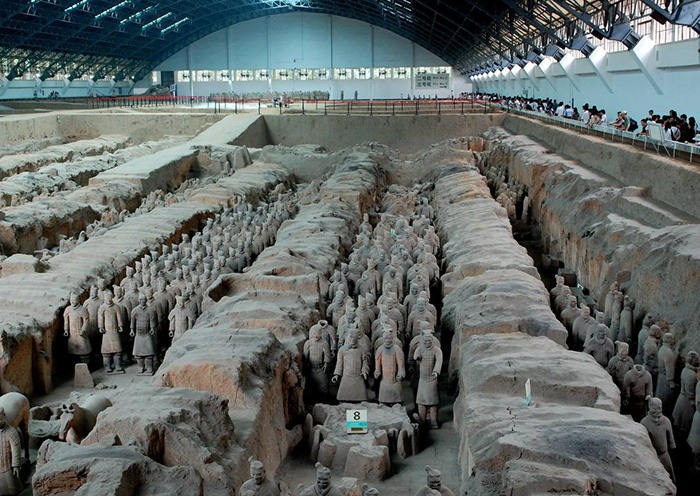
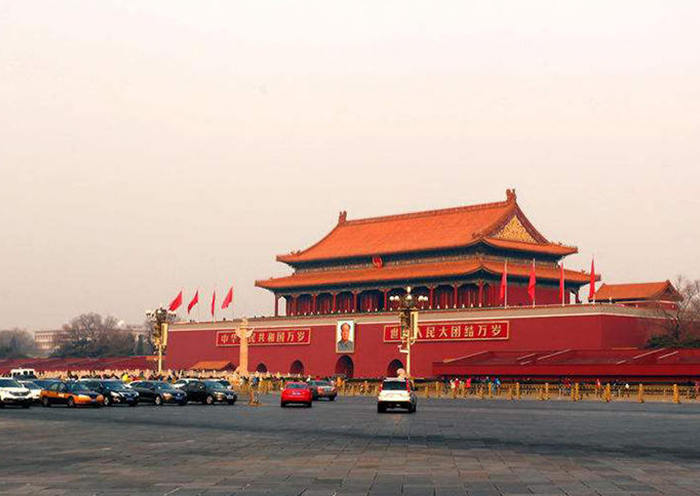
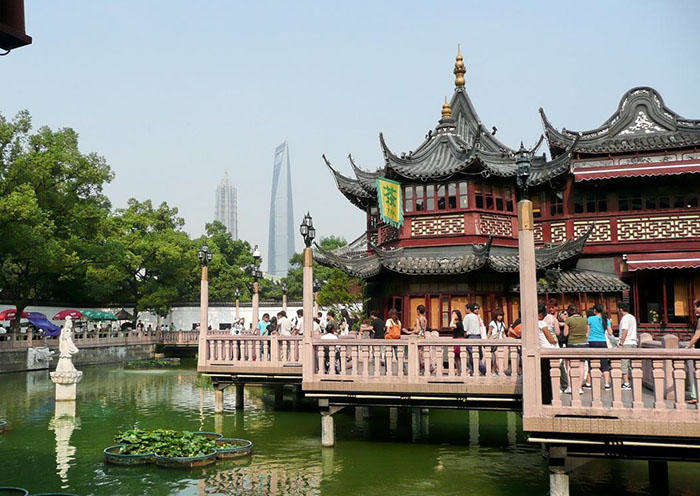
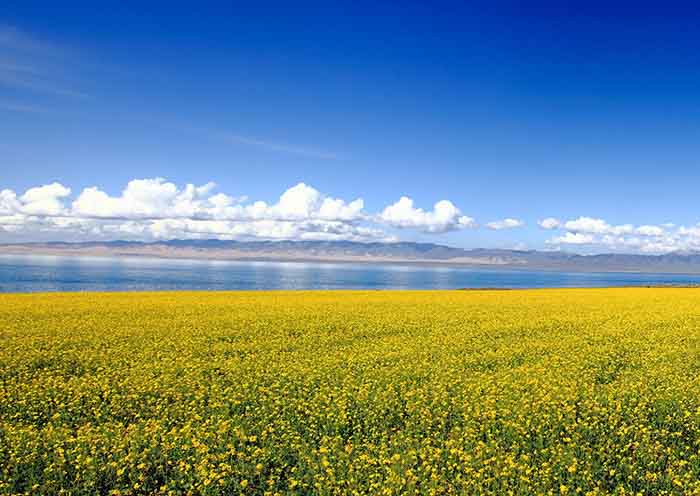
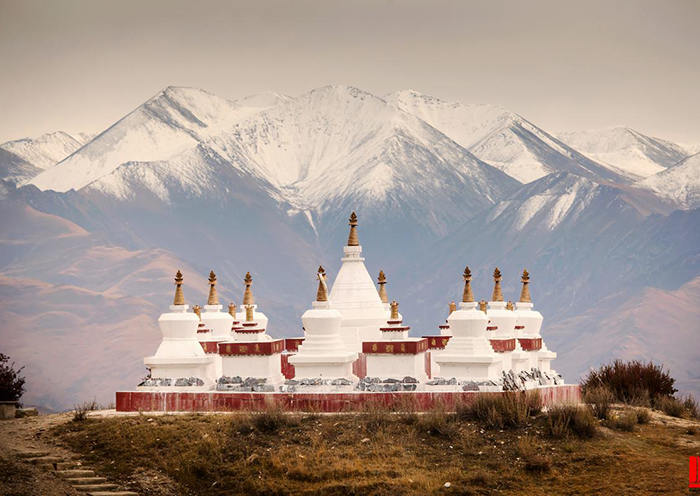
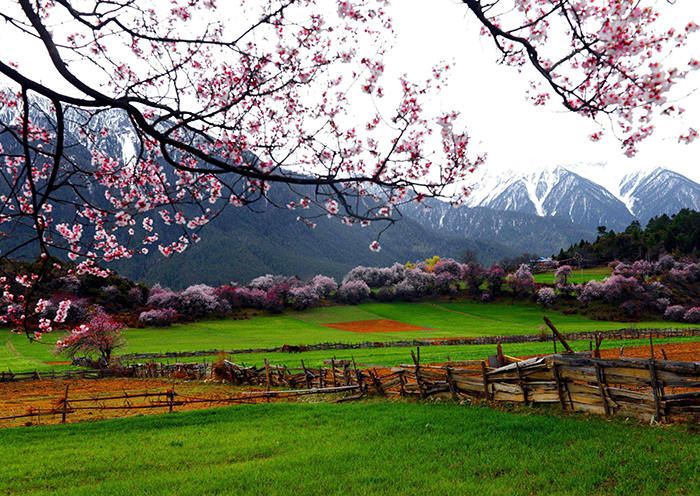
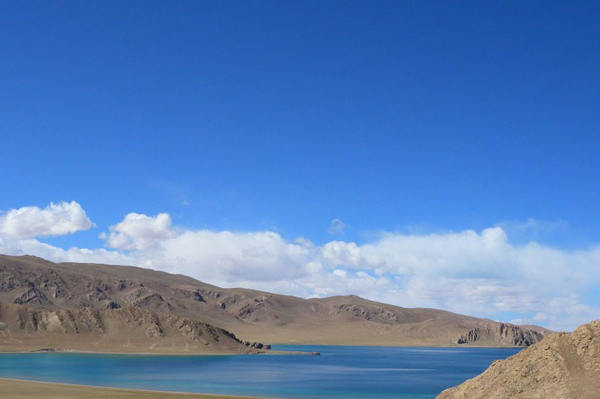
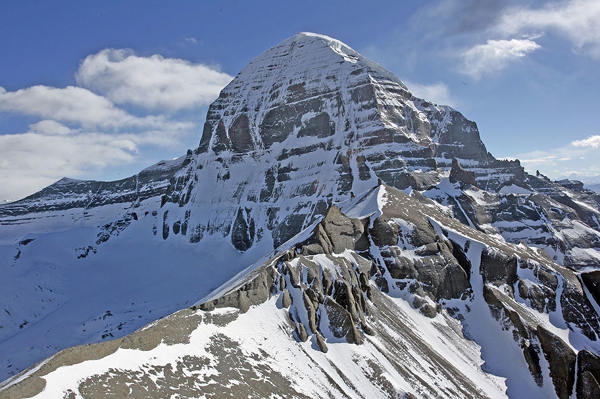

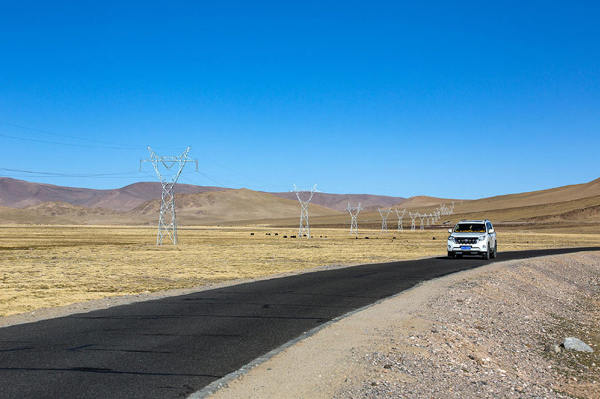



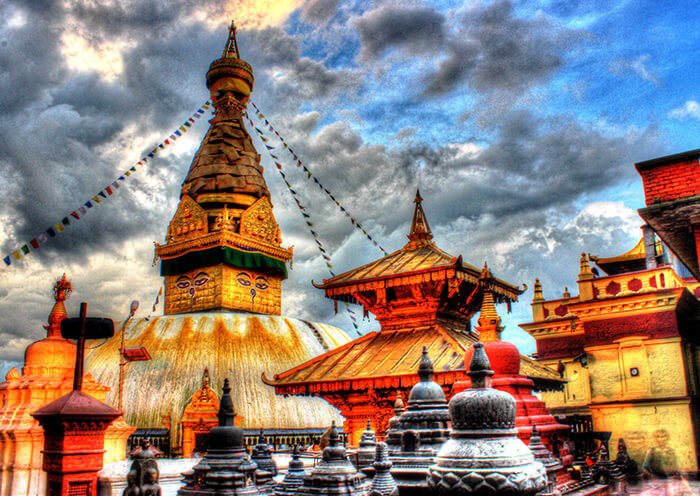
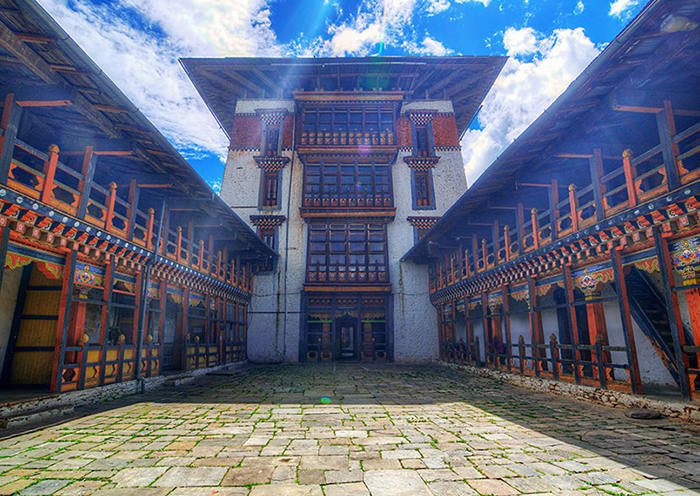


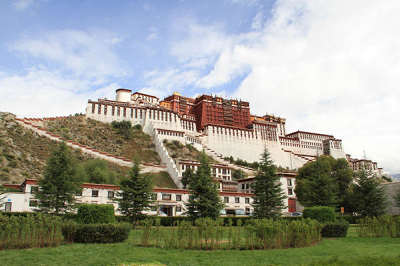
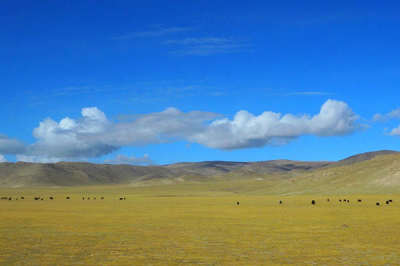
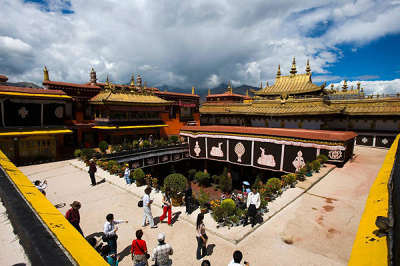

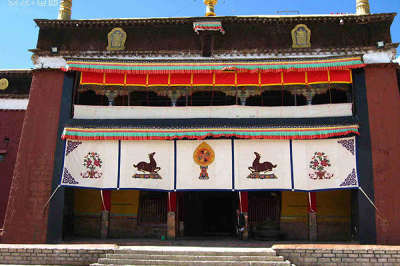
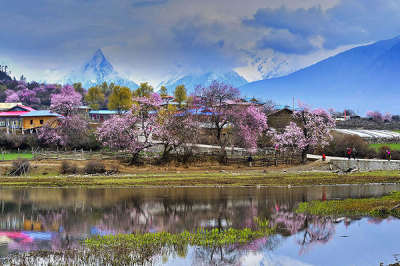
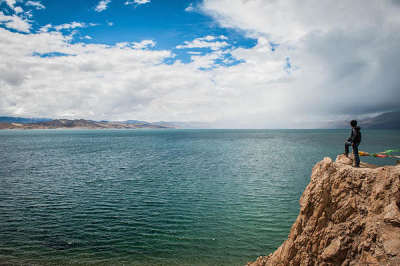

 Data in submission...
Data in submission...